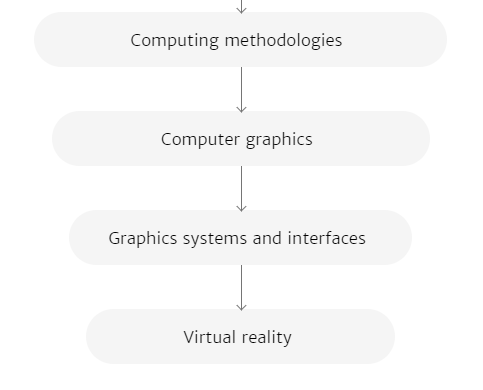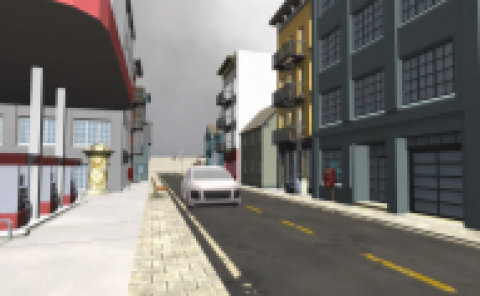Evaluating the Use of Pedagogical Virtual Machine with Augmented Reality to Support Learning Embedded Computing Activity
PubDate: February 2017
Teams: The University of Essex
Writers: Malek Alrashidi;Michael Gardner;Vic Callaghan

Abstract
Embedded computing is often considered as a hidden technology where learners can require more assistance to inspect processes and activities hidden within the technologies, making use of debugging, monitoring, and visual tools. To the student, this kind of technology often has abstract behaviours where the only information/things people can see is the final action, and they do not know how the internal processes work and communicate inside the embedded computing device to achieve the desired result. Augmented reality (AR) can overcome this issue and produce a magic-lens view for revealing hidden embedded computing activities. This can result in learners achieving a better level of knowledge and awareness of the technology, as well as higher learning outcomes. AR on its own will not improve the learning processes without first considering how to manage and represent the hidden information. Therefore, a pedagogical virtual machine (PVM) model was employed, and to evaluate the learning effectiveness of the proposed model. We conducted an experiment based on a problem-solving educational mobile robot task. Twenty students participated in the experimental (AR approach) and control (conventional approach) group. The result showed that the augmented reality approach was more effective in increasing students’ computational thinking and learning outcomes. In addition, the augmented reality approach reduced both time completion and debugging times.


